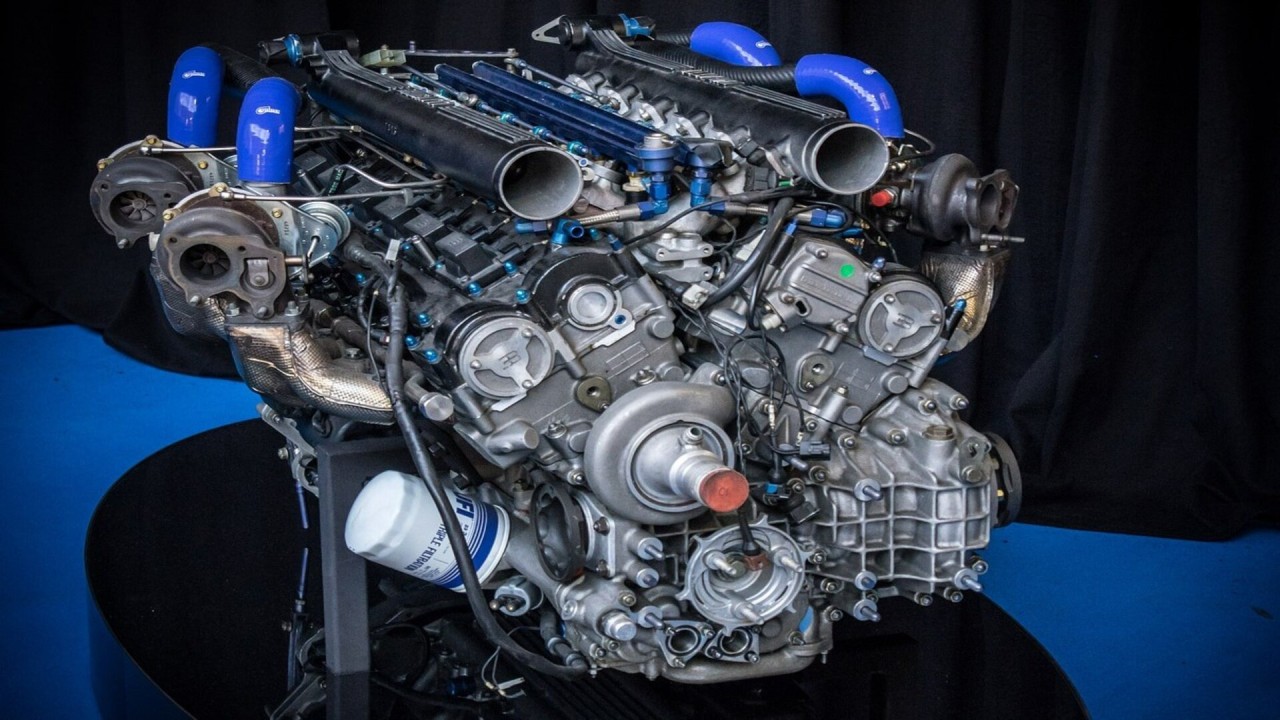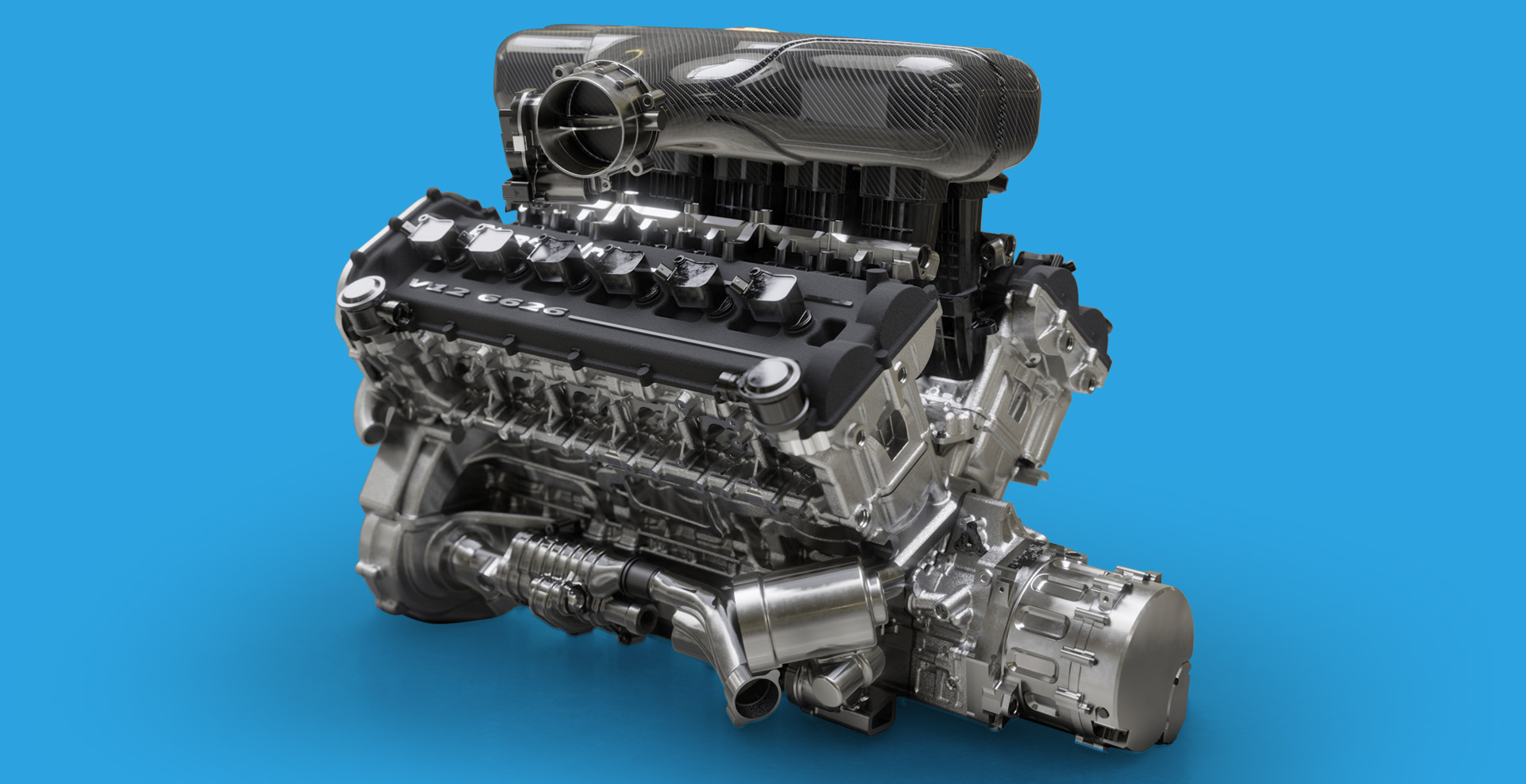The Quest for Ultimate Driving Power: Exploring the Peak of Engine Efficiency and Technological Innovations in the Automotive Sector
In the world of auto design, the pursuit of maximum driving power has been a relentless mission that has unravelled with the development of engine style and the combination of cutting-edge modern technologies. From the precise craftsmanship of burning engines to the fast improvements in electric propulsion systems, the automotive field stands at the cusp of a brand-new age identified by unmatched performance abilities.
Development of Engine Layout

Additionally, the assimilation of turbocharging and supercharging modern technologies has actually revolutionized engine design by boosting power without considerably raising engine size. These forced induction systems compress the consumption air, permitting even more gas to be combusted, thus producing higher power output from a smaller sized engine. This advancement has actually been specifically crucial in boosting the efficiency of smaller sized variation engines while preserving gas efficiency requirements.

Performance-Enhancing Gas Technologies
The implementation of innovative gas modern technologies has actually substantially added to enhancing engine efficiency in modern-day vehicles. From traditional fuel and diesel to cutting-edge biofuels, synthetic gas, and hydrogen, the automotive industry is experiencing a transformation in fuel choices. Biofuels, originated from sustainable sources like algae, corn, or sugarcane, offer enhanced and lowered exhausts engine efficiency. Synthetic gas, produced via chemical processes, provide high octane rankings, improving power result. Hydrogen gas cells, although still in the beginning of fostering, show fantastic pledge as a result of their zero-emission nature and potential for high efficiency. Furthermore, gas ingredients and cleaning agents are being developed to tidy engine components, optimize burning, and minimize rubbing, therefore boosting general car efficiency. With continuous r & d, the pursuit for the best driving power continues, as engineers strive to open the full potential of performance-enhancing gas technologies in the vehicle sector.
Advancements in Electric Propulsion
Significant strides in electric propulsion modern technology have revolutionized the automobile industry, leading the method for a brand-new era of efficient and sustainable transport. Electric lorries (EVs) are acquiring popularity due to their environmental benefits and innovations in battery modern technology, making it possible for longer driving varieties and shorter charging times. Makers are spending greatly in r & d to enhance the performance of electrical propulsion systems, focusing on increasing power output, boosting power effectiveness, and minimizing total weight.
One significant development in electrical propulsion is the advancement of sophisticated electric motors that provide higher torque and power density, causing enhanced acceleration and total driving performance. Additionally, regenerative stopping systems have been improved to capture and store power during deceleration, further enhancing the effectiveness of EVs.
Additionally, the combination of wise innovations, such as expert system and predictive analytics, is enhancing the administration of electric propulsion systems, making sure optimum efficiency under different driving conditions. These advancements in electric propulsion are improving the auto landscape, driving the industry towards a more lasting and electrified future.
Influence of Computational Fluid Dynamics
With advancements in electrical propulsion pushing the limits of vehicle technology, the assimilation of Computational Fluid Dynamics is playing a critical role in enhancing aerodynamic performance and improving overall efficiency in car style. Computational Fluid Characteristics (CFD) entails using computer system simulations to analyze the circulation of air around a vehicle, allowing designers to anticipate just how style modifications will impact the rules of aerodynamics without the requirement for costly physical prototypes. By accurately modeling air movement patterns, CFD enables the refinement of lorry forms to lower drag, improve cooling, and improve stability.
One key benefit of using CFD in vehicle layout is the capability to repeat quickly, exploring many style variants to recognize the most aerodynamically effective services. This repetitive process causes automobiles that are not only sleeker and more visually appealing but also a lot more ecologically friendly and fuel-efficient. In addition, CFD enables engineers to maximize airflow around elements such as radiators, engine bays, and wheel wells, adding to boosted efficiency and overall driving experience. To conclude, the assimilation of Computational Fluid Dynamics stands for a considerable step forward in the quest for ultimate driving power and performance in the vehicle sector.
Future Fads in Engine Development
In the vibrant landscape of auto engineering, advanced advancements are shaping the future trajectory of engine advancement. The future of engine layout is noted by a strong emphasis on effectiveness, sustainability, and performance. Suppliers are significantly concentrating More Help on establishing engines that not only provide high power outcomes yet additionally focus on environmental obligation by boosting and reducing discharges gas performance.
One famous fad in engine technology is the rise of electrification. Crossbreed and electrical powertrains are gaining traction as practical options to standard burning engines. These innovations use the capacity for considerable reductions in carbon emissions and enhanced energy effectiveness, straightening with international efforts to deal with environment change.
In addition, advancements in materials science and manufacturing strategies are making it possible for the production of lighter and more sturdy engine components. This change towards lightweight materials such as carbon fiber and aluminum alloys adds to enhanced performance and gas economic climate.
Final Thought
To conclude, the search of utmost driving power in the vehicle industry remains to drive innovations in engine layout, gas modern technologies, electric propulsion, and computational fluid dynamics. The advancement of these modern technologies is forming the future of engine technology, leading the way for more effective and effective cars (engines for africa). linked here As the industry proceeds to push the borders of what is possible, we can expect to see even a lot more cutting-edge developments in the mission for peak efficiency
One of the key turning points in engine design advancement is the shift from standard carbureted engines to contemporary fuel-injected systems. By exactly metering the fuel shipment to each cylinder, fuel-injected engines enhance combustion, resulting in far better performance and reduced ecological influence.
Furthermore, the integration of turbocharging and turbo charging technologies has transformed engine design by boosting power without significantly increasing engine dimension (engines for africa).The implementation of innovative fuel modern technologies has significantly contributed to enhancing engine performance in contemporary automobiles. Furthermore, fuel ingredients and detergents are being redirected here formulated to clean engine components, optimize combustion, and lower rubbing, thus enhancing overall vehicle efficiency
Comments on “Engines for Africa Available Now! Browse Through Our Trusted Vehicle Parts Store”